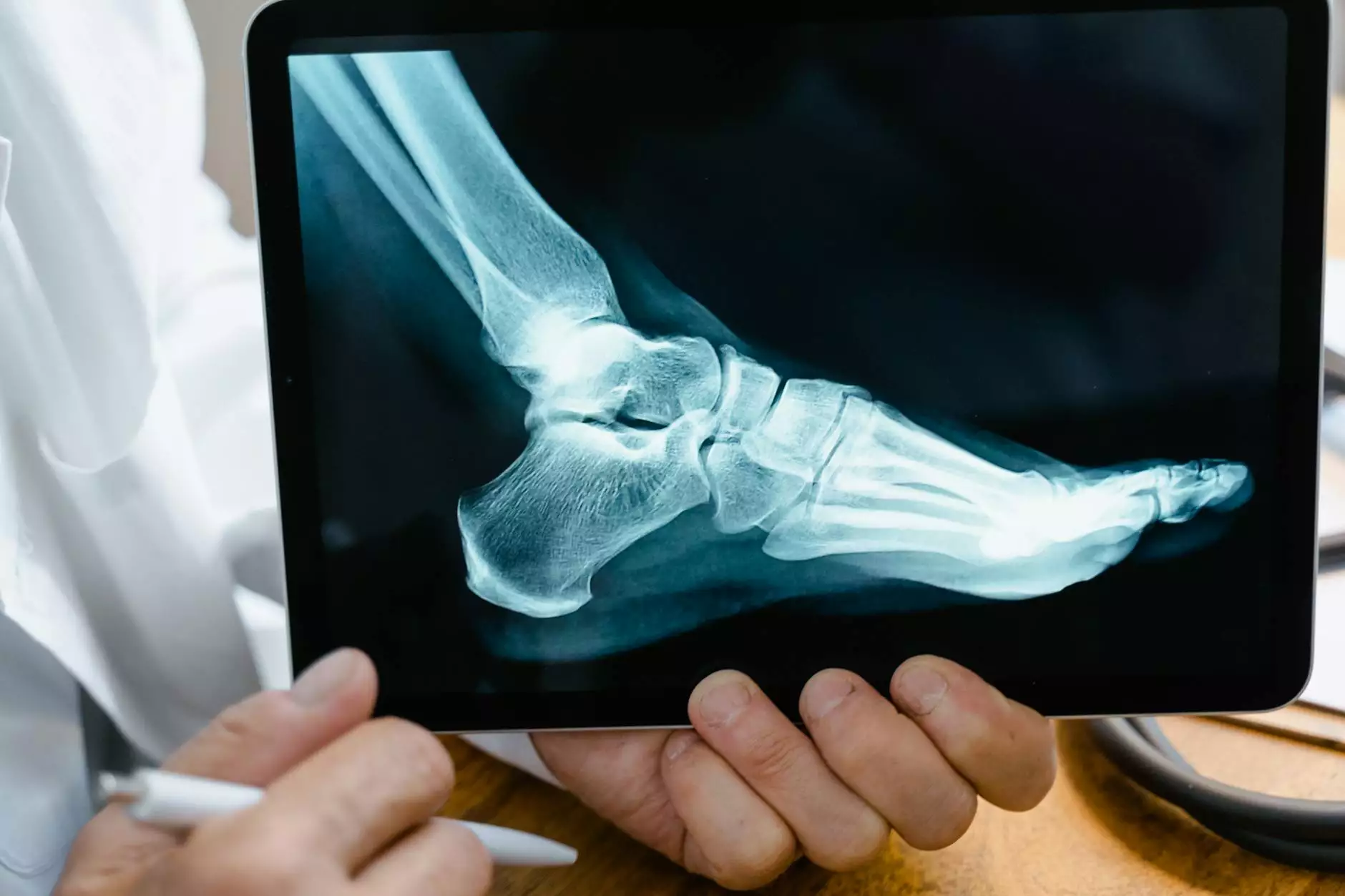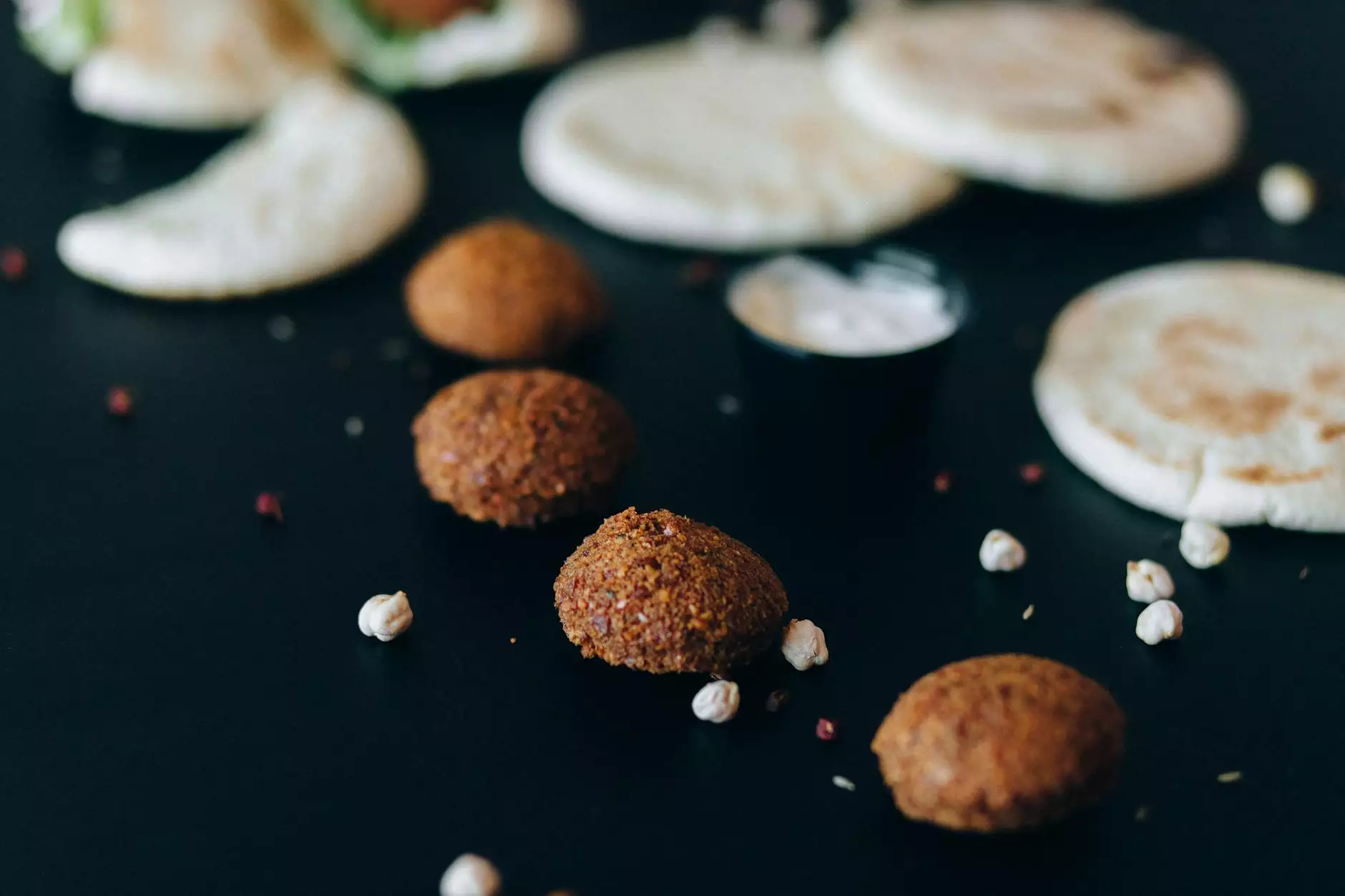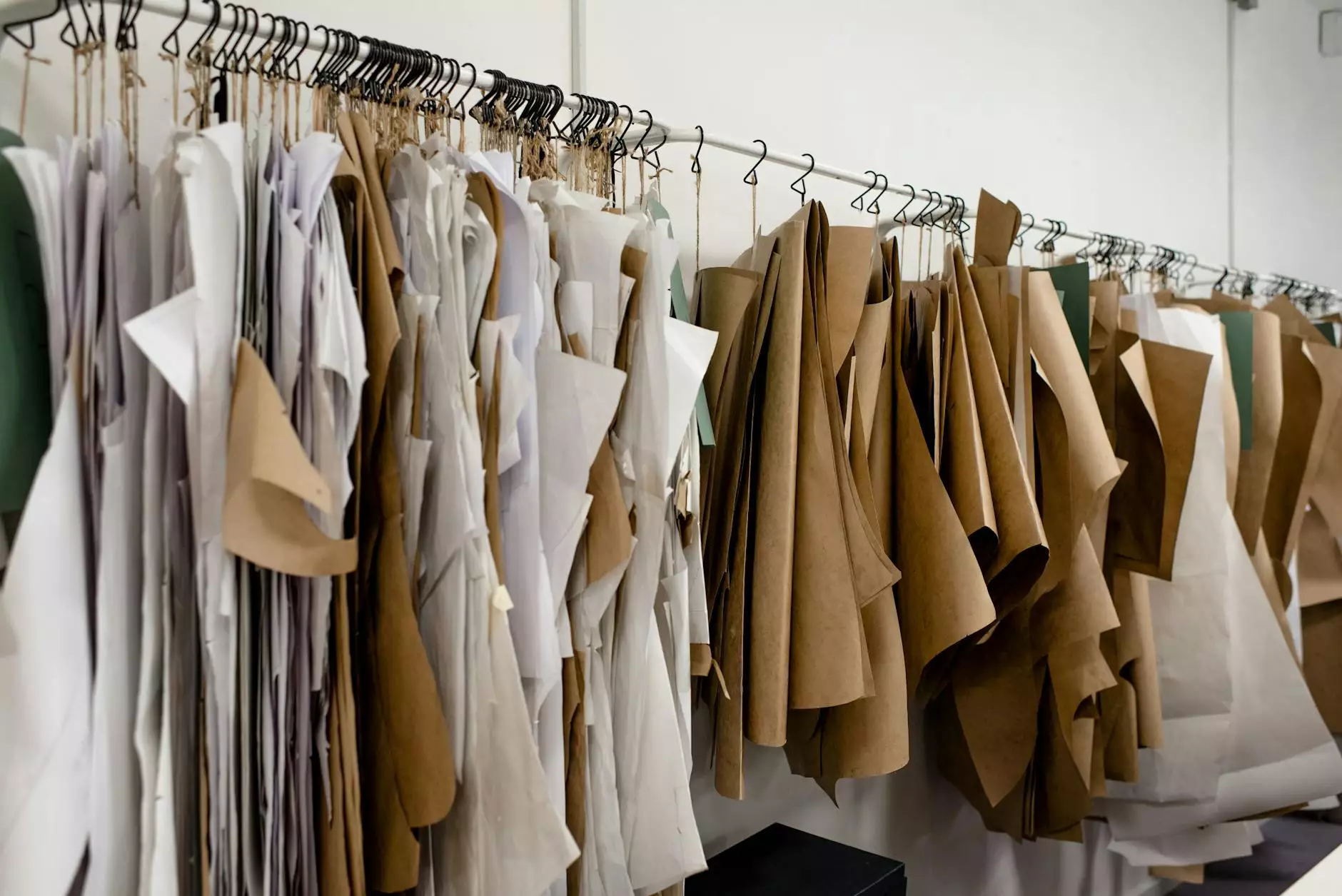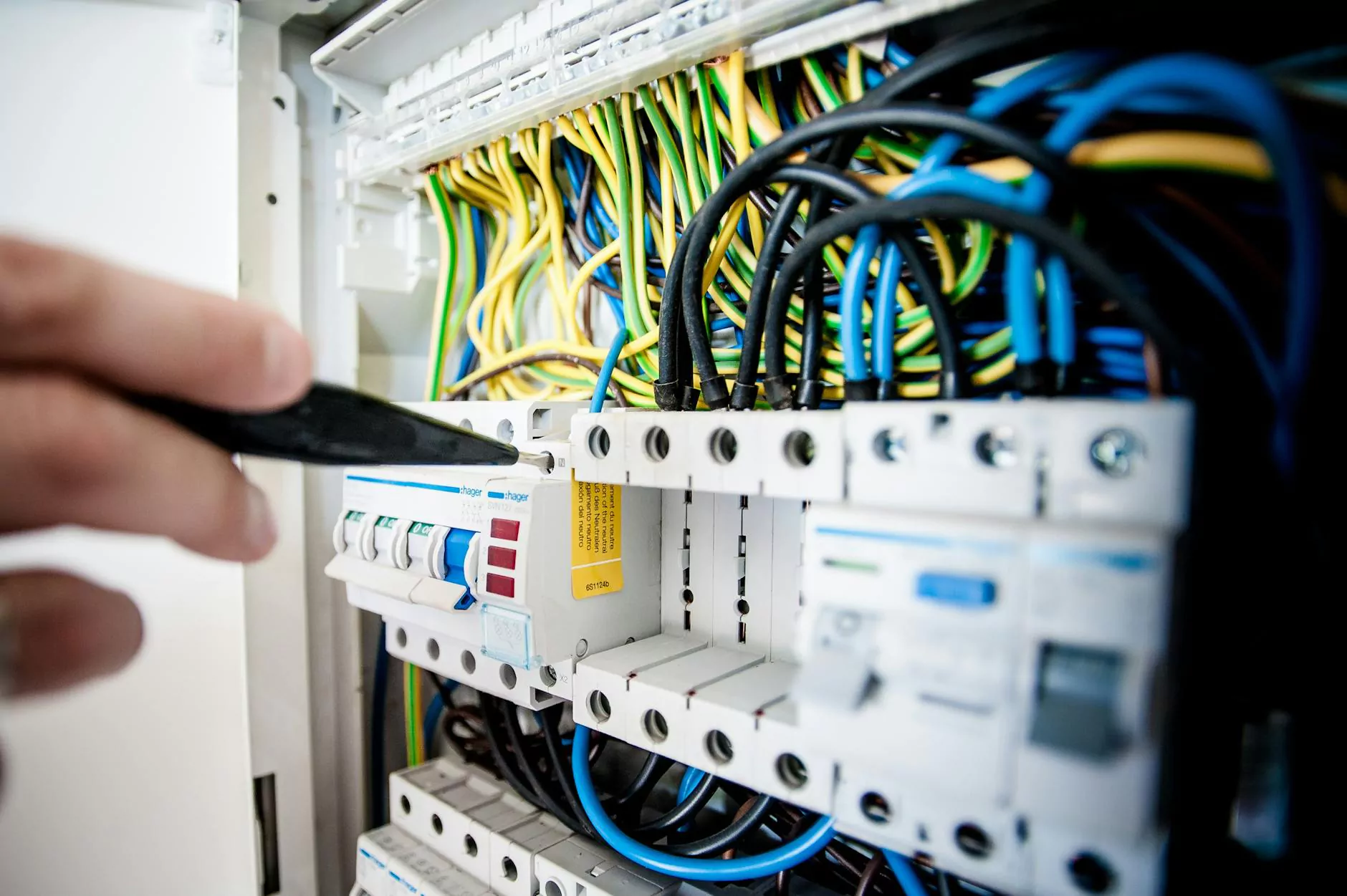Corns and Callosities Treatment: A Comprehensive Guide

Corns and callosities are common foot conditions that affect many people worldwide. They are essentially localized thickening of the skin that develops as a response to friction, pressure, or irritation, primarily on the feet. Understanding these conditions is vital for anyone seeking to maintain healthy feet and overall podiatric wellness.
Understanding Corns and Callosities
Corns and callosities, although often confused, have distinct characteristics and causes:
What Are Corns?
Corns are small, rounded bumps that develop on the tops and sides of toes or on the soles of the feet. They commonly form when there’s excessive pressure from footwear or when a toe rubs against another toe. The body’s protective response leads to the thickening of skin in these areas.
What Are Callosities?
Callosities, conversely, appear as larger, flatter areas of thickened skin that typically occur on the soles of the feet and palms of the hands. They can result from prolonged pressure or friction and are more common in individuals who stand for long periods or engage in repetitive activities that put stress on certain areas of the foot.
Common Causes of Corns and Callosities
Understanding the underlying causes of corns and callosities can aid in prevention.
- Improper Footwear: Tight or ill-fitting shoes often lead to excessive friction and pressure, resulting in corns and callosities.
- Foot Structure: Structural abnormalities like bunions, hammertoes, and flat feet can contribute to abnormal pressure distribution.
- Repetitive Activities: Jobs that require extensive standing or repetitive foot movements may increase the risk.
- Age: Skin loses elasticity and cushioning over time, making older adults more susceptible.
- Medical Conditions: Diabetes and other conditions affecting circulation can also influence the development of these conditions.
Signs and Symptoms
Identifying corns and callosities early can significantly assist in effective treatment. Here are common signs:
- Pain or Discomfort: Pain during walking or standing, especially when applying pressure on the affected area.
- Thickened Skin: Noticeable hardened areas that feel rough or bumpy.
- Redness or Inflammation: Surrounding skin might show signs of irritation or swelling.
Treatments for Corns and Callosities
Treating corns and callosities can involve a variety of methods ranging from home remedies to medical interventions. Here’s a detailed overview:
1. Home Remedies
Many cases of corns and callosities can be managed at home:
- Soaking: Soaking feet in warm, soapy water for 10 to 15 minutes can soften the thickened skin, making it easier to gently exfoliate.
- Pumice Stone: After soaking, use a pumice stone to gently rub away the thickened skin. Always be gentle to avoid injury.
- Mole Skin Padding: Applying cushions on areas prone to friction can help redistribute pressure away from the corn or callus.
- Moisturize: Regularly applying moisturizing creams can help keep the skin soft and prevent thickening.
2. Over-the-Counter Treatments
If home remedies are ineffective, over-the-counter products may offer relief:
- Salicylic Acid: Available in various forms, this acid helps to chemically exfoliate the thickened skin. Follow the instructions carefully.
- Foot Pads: Specific pads are designed to relieve pressure while simultaneously aiding in the reduction of corns.
- Moisturizers: Products containing urea or lactic acid can help in softening hard skin.
3. When to See a Podiatrist
If self-care measures are not effective, or if you experience severe pain, it’s essential to consult a podiatrist:
- Professional Debridement: A podiatrist can safely remove the corn or callus with sterile instruments.
- Orthotic Devices: Custom orthotic devices may be prescribed to correct underlying foot mechanics, preventing recurrence.
- Medication: In some cases, anti-inflammatory medications may be prescribed to alleviate pain.
Prevention Tips
Preventing corns and callosities is possible through a few simple lifestyle adjustments:
- Choose the Right Footwear: Ensure that shoes fit well and provide adequate support. Avoid high heels or cramped toe boxes.
- Utilize Protective Gear: If you participate in activities that risk friction (like running or hiking), consider using protective pads or socks.
- Maintain Foot Hygiene: Regular foot care, including washing and moisturizing, keeps skin healthy.
- Address Underlying Conditions: Manage health issues such as diabetes that may increase risk factors.
- Foot Exercises: Engage in exercises and stretches to improve foot strength and flexibility.
The Importance of Seeking Professional Help
While many cases of corns and callosities can be managed at home, professional help should not be overlooked. A podiatrist has the expertise to:
- Assess the severity of the condition.
- Identify underlying issues contributing to the development of corns and calluses.
- Provide personalized treatment advice and recommendations for footwear or orthotics.
Conclusion
Maintaining healthy feet is crucial for overall well-being. Corns and callosities treatment involves understanding the underlying causes, recognizing symptoms, and applying appropriate treatments. By implementing preventive measures and seeking professional help when needed, individuals can enjoy a pain-free, active life. For personalized advice and treatment options, consider consulting with the experts at The Foot Practice.









